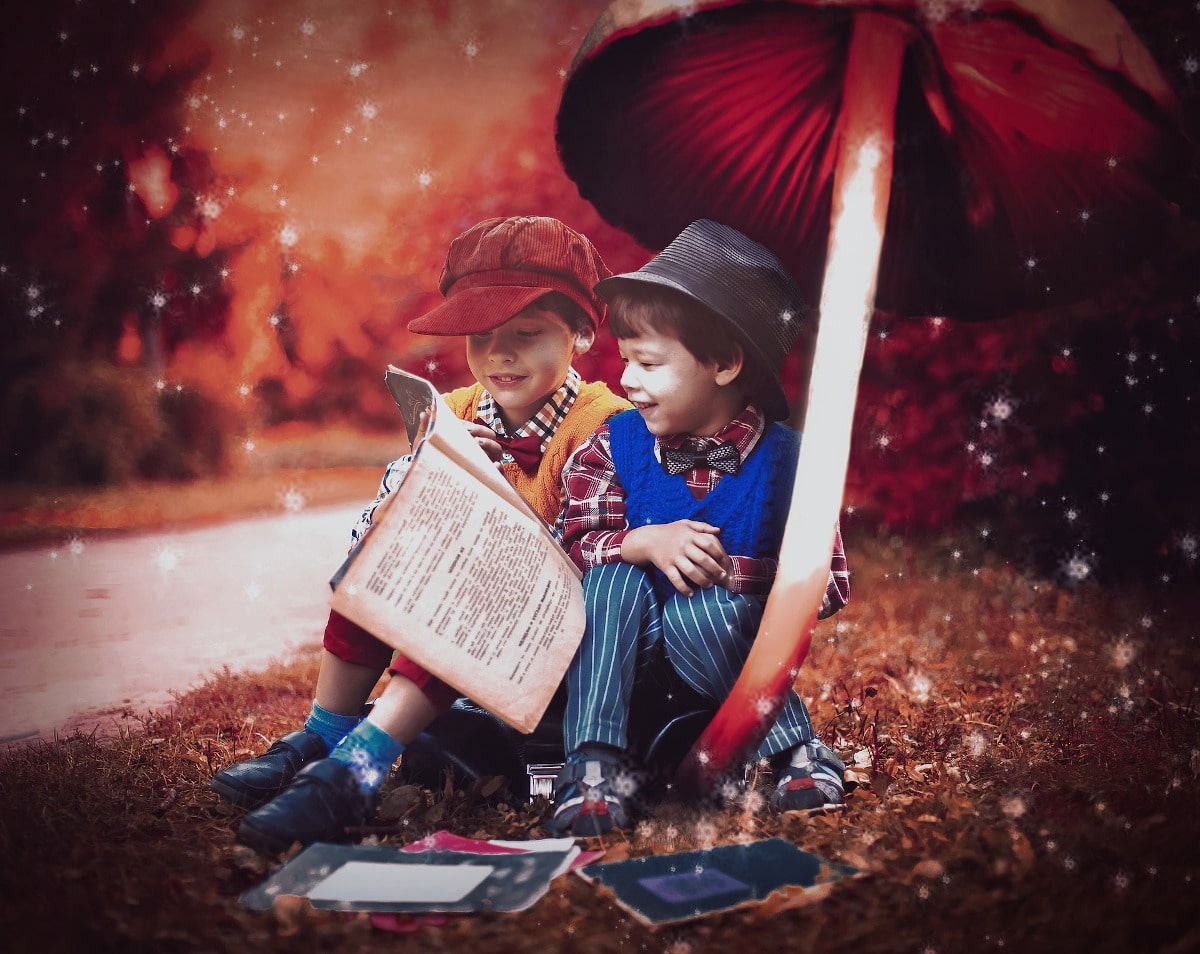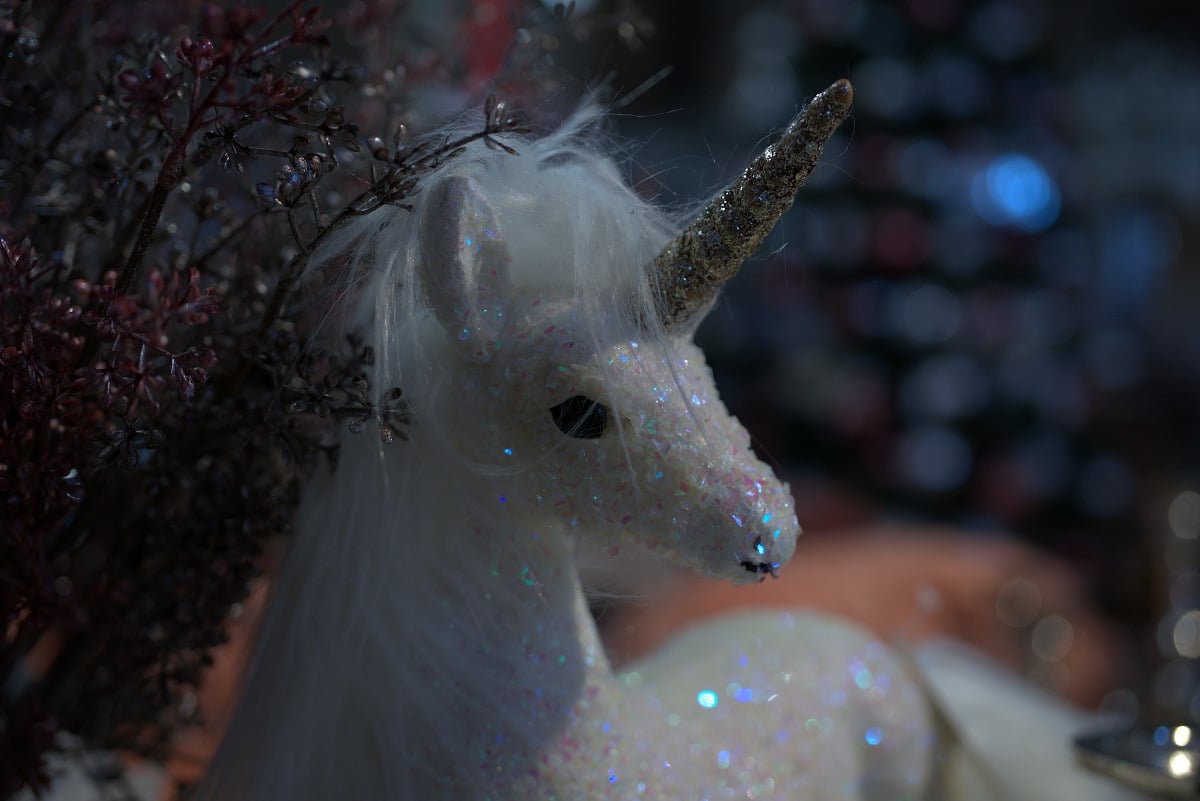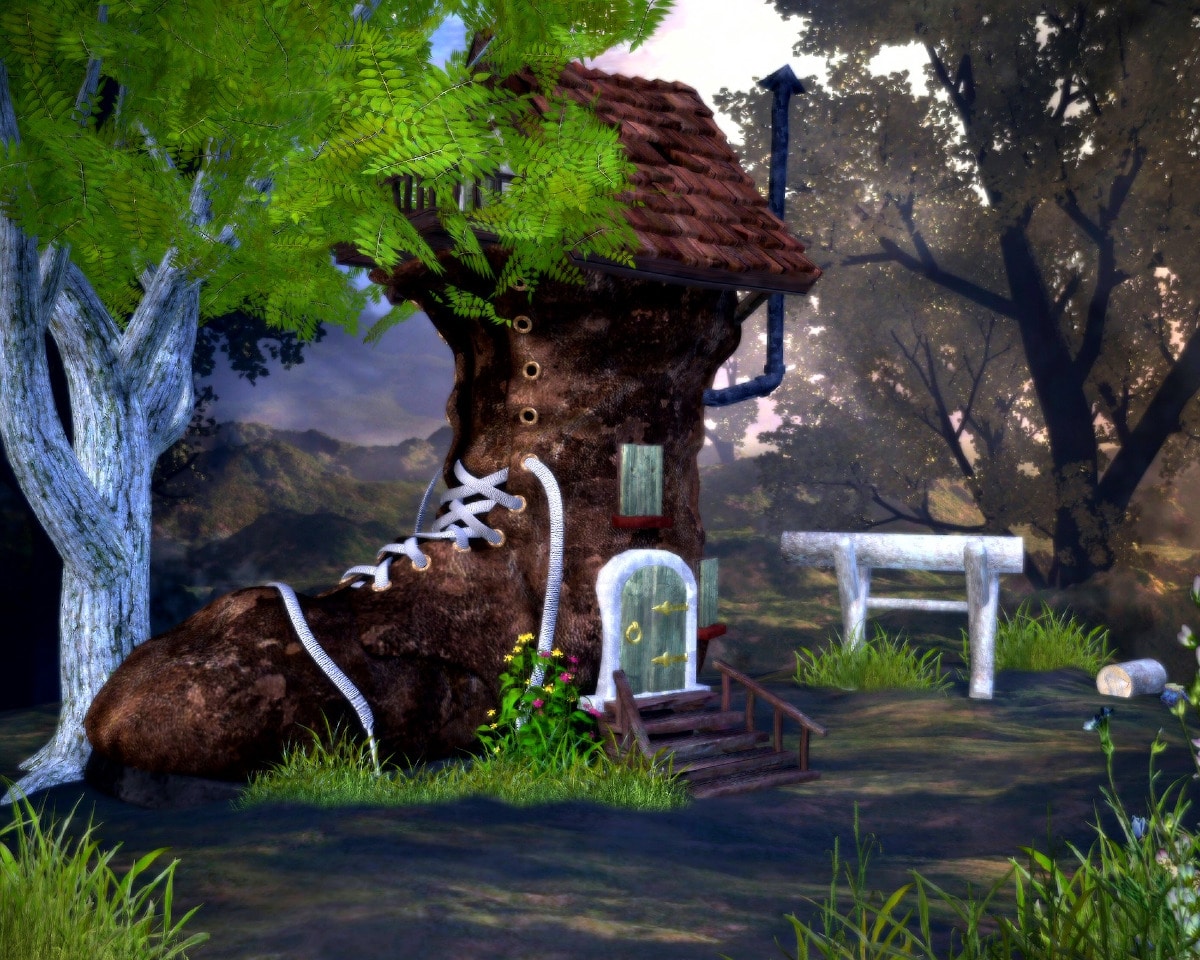
Fables are always related to stories for children. But the truth is that these are not focused only on them. Also the adult public can find books of fables focused on them.
And it is that it is a quite effective literary resource to make readers think, reflect and finally draw conclusions. But, What are fables? What are their characteristics? Are there different types? All this and much more is what we are going to discuss today.
What are fables
According to the RAE (Royal Spanish Academy), fables are short fictional stories, in prose or verse, with didactic or critical intention frequently manifested in a final moral, and in which people, animals and other animate or inanimate beings can intervene. In this case, and following the definition, we can find mythological issues, fiction, false relationships, etc.
In other words, we are talking about a story or short story that tells a story with characters who reach an end where they learn from them, that is, there is a conclusion about what has happened in what has been read, heard or staged.
Origin
The origin of this literary device is not known for sure. However, some clay tablets from the Mesopotamian era where there are references to fables. Specifically, these tablets contain the story of cunning foxes, presumptuous elephants and very unlucky dogs. Because they belonged to school libraries, it is thought that these were used to teach the little ones.
Already in Greek antiquity, it is known that the first fable was "The Fable of the Nightingale." This was told by Hesiod in the XNUMXth century BC with the aim of making them reflect on justice. Others who used this resource, although they are not really attributed as "fables" were Homer, Socrates, or Aesop (of which we know many of them today).
As the world advanced, in the Middle Ages fables became one of the favorite resources for storytelling. Above all, they were used by priests in an attempt to educate the people morally and simply.
However, it was not until the Renaissance that fables had their "climax." In fact, personalities like Leonardo da Vinci wrote a book of fables; or Guillaume Guéroult, Jean-Pons-Guillaume Viennet, Jean de La Fontaine (the latter one of the best known) ...
Fables characteristics

Among the characteristics that fables have, we can consider the following:
A well defined structure
In this case, this resource is based on three parts: the beggining, where the characters are going to be introduced and to see what defines or characterizes them; the complication, which is when the plot unfolds to the point of leading you to the problem itself; and the outcome, where there is a result, positive or negative, regarding the resolution or what happened in the complication.
Escreature of the fables
These are written in prose or verse, they do not have to use a specific form. What is known is that they must be short stories, that is to say, of short extension.
There is always a criticism or moral
All fables usually have a criticism about certain behaviors, or a moral, that is, advice or conduct that is appropriate. This moral is usually a phrase, a stanza, something that is catchy and easily remembered.
There is almost always a narrator
Of Figure narrator is the one who tells what happens to the characters. Thus, he becomes someone essential to take into account, since the characters themselves only interact at a given moment, it is the narrator who puts everything in context.
This does not mean that one of the characters can be the narrator himself. For example, the story of a character who tells his story to another.
Types of fables

Many times, we classify the fables all the same. But the truth is that there are different types of them. Specifically, you can find 7 different ones, which are the following:
- Animal Fables. They are the most common, where relationships are established between animals, humans, gods ... but really the protagonists are the animals. In many of them they have human traits, such as the fact that they speak, think, etc. and they are put in situations that are more common to people than to animals.
- Human fables. They can also occur, where, in this case, human beings are the protagonists of the story and those who tell what happens to them. In this case, humans are related to other humans, animals, gods, inert beings ... In reality they are not limited to other characters.
- Fables of the plant kingdom. As with the previous ones, in this case the protagonists are plants and, as with animals, they are also given traits more focused on humans (such as talking, moving, thinking ...).
- Mythological. In the case of this type of fable, you will meet deities protagonists, that is, they will be powerful gods who, either give lessons with their wisdom, or they themselves learn something from others, be they animals, humans, other gods, etc.
- Inert things. Whether objects or things, these too can be part of fables. In this case, an example might be the Tin Soldier, an inanimate toy yet telling a story.
- Agonal. These are not well known, but they are another type of them. They refer to opposing characters, that is, there is a protagonist and an antagonist and the end of the fable leads us to reward those who do well and punish the other. In this case, it is not so important who the protagonist is, but what happens and especially the final lesson, in terms of rewarding the good and punishing the bad.
- Etiological. This type refers to those that refer to historical situations. In this case, the characters themselves are not as important as the events they relate in a way that helps the story to be known but in a more entertaining way.
Examples of fables

Finally, here are some examples of fables that can help you learn more about them.
The Snowball (Leonardo da Vinci)
There was a handful of snow on the top of a rock, when he thought:
-Will you not believe me haughty and arrogant for being in such a high place since all the snow is lower than me? I am so small that I do not deserve this height, even more so when yesterday I could see what the sun did to my companions who, in a few hours, melted. I should go downstairs and find a place suitable for my small size.
And the ball began to descend the mountainside, rolling on the snow. The lower he went, the bigger he got, and so when he finished on the hill, he saw that his size had increased enormously. And, this is how the ball was the last snow that the sun melted at the end of winter.
The Hare and the Tortoise (Aesop)
One day a proud and swift hare saw a tortoise walk along the road and approached him. The hare began to mock the other animal's slowness and the length of its legs. However, the tortoise replied that she was sure that despite the hare's great speed, it was capable of winning it in a race.
The hare, sure of his victory and considering the challenge impossible to lose, accepted. Both asked the fox to point out the goal, to which she accepted, as well as the crow to act as a judge.
When the day of the competition arrived, at the beginning of the race the hare and the tortoise came out at the same time. The tortoise advanced without stopping, but slowly.
The hare was very fast, and seeing that it had a great advantage over the tortoise, it decided to stop and rest from time to time. But on one occasion the hare fell asleep. The turtle, little by little, continued to advance.
When the hare woke up, he found that the tortoise was about to cross the finish line. Although he ran, it was too late and the tortoise finally won the race.
The lion in love (Samaniego)
Loved a lion
to a beautiful young shepherdess,
what did he ask for his wife
to his Father shepherd urbanly.
The fearful but prudent man,
he replied the following:
«Lord, in my conscience I wish
may my daughter achieve convenience,
but the poor accustomed
not to leave the meadow or the sheepfold,
between the meek sheep and the lamb,
I will perhaps be suspicious that you are fierce.
However, I would consider
if you consent to cut your nails
and file your teeth,
so, my daughter will see that you have greatness,
things of majesty and not of fierceness. "
So did the meek Lion in love,
and the man managing to leave him unarmed,
let out a great hiss
and daring dogs arrived
that of this tragic luck,
the defenseless Lion was put to death.
It is an incredible literary device. The magnificent teaching that leaves a good fable that lasts for a lifetime, I remember some books by Uncle Tigre and Uncle Rabbit that in my childhood gave me great messages.
-Gustavo Woltmann.